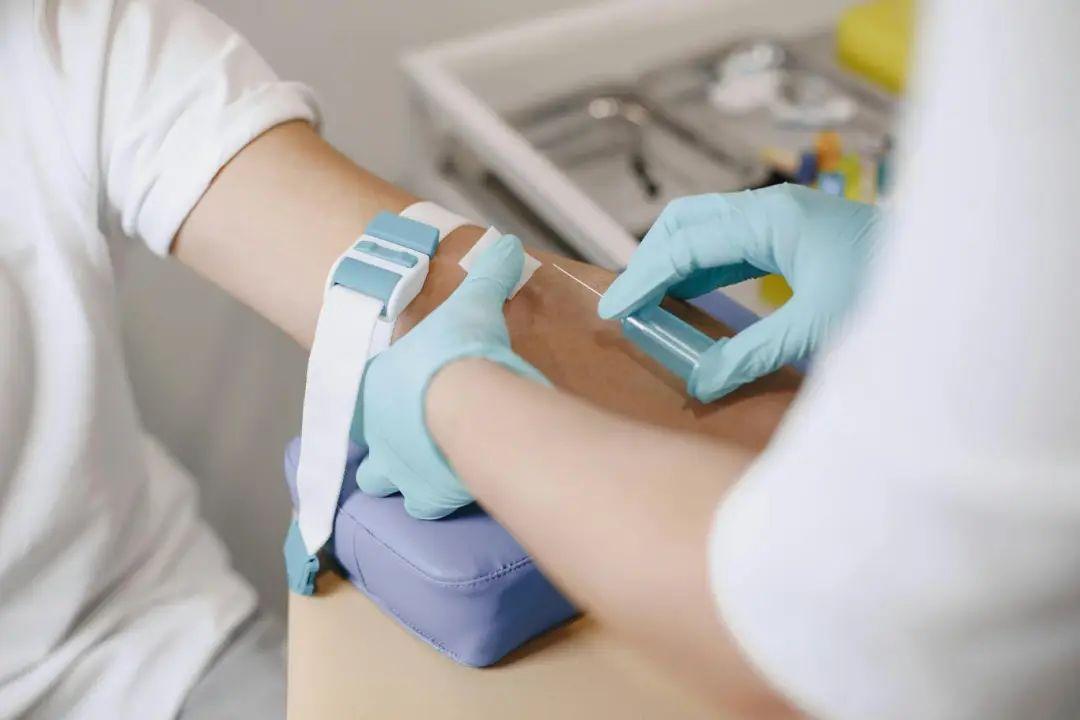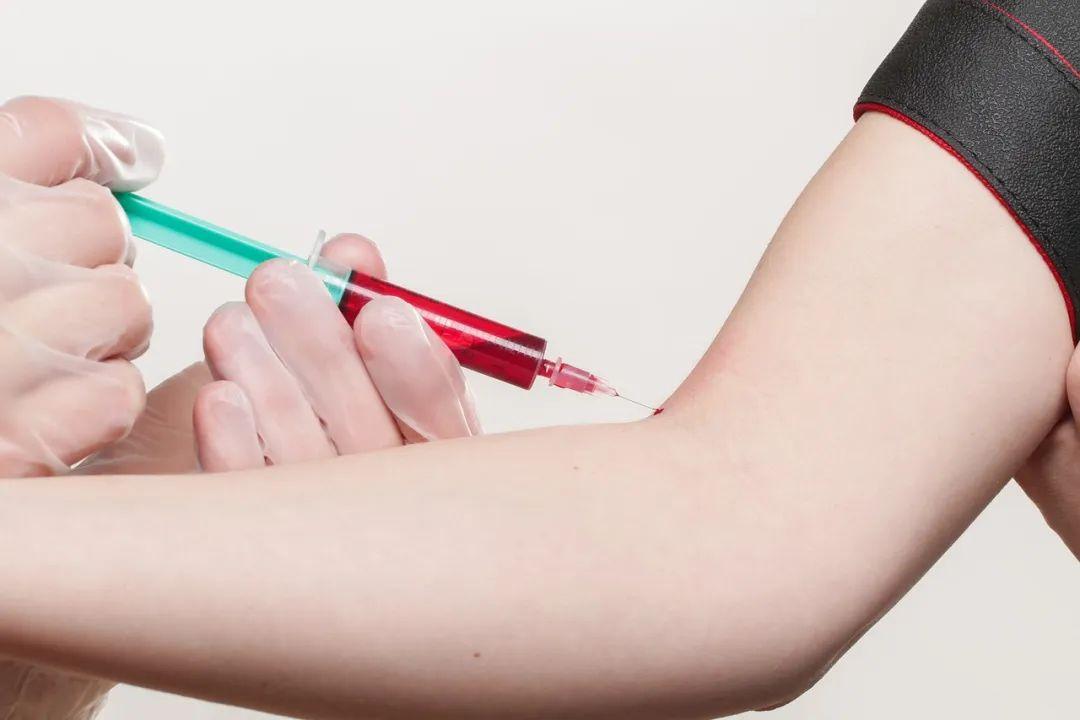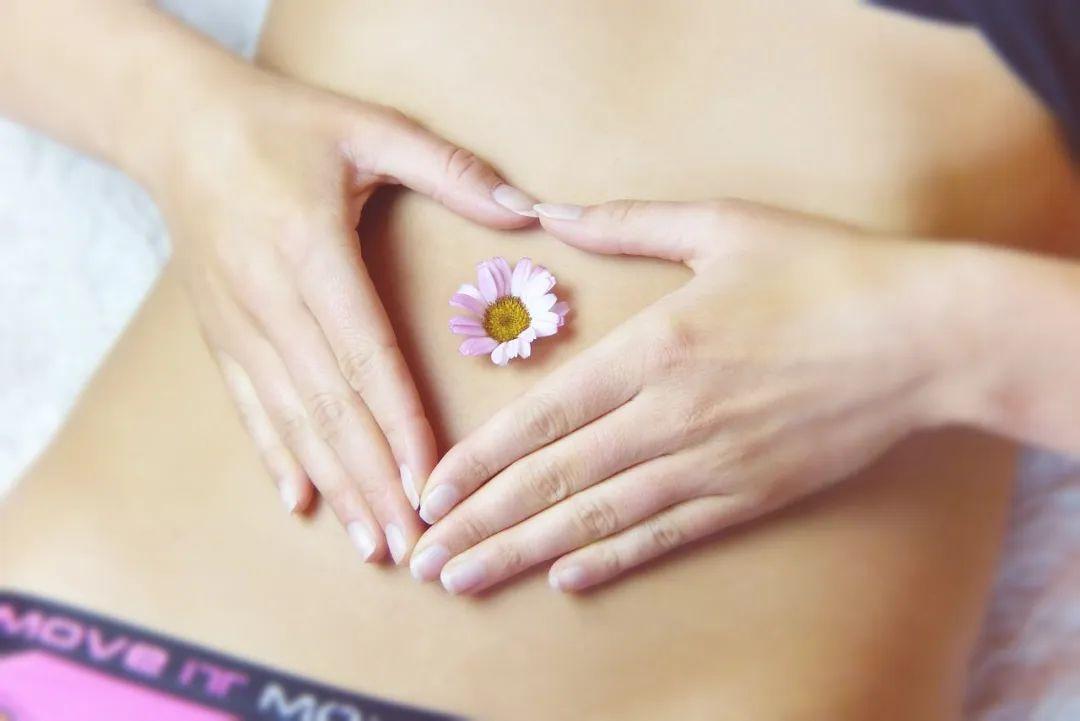A Guide to IVF Injections

Chapter 1: Why does IVF require frequent injections? –Scientific Logic of Hormone Regulation
“Belly injections every morning seemed like a secret ritual with my future baby.” That’s how Emily Martinez, a surrogate mom from Los Angeles, describes her IVF journey. The essence of drug injections in IVF treatment is to mimic and optimize the physiological environment of natural fertility by precisely regulating hormone levels.
The core goals of hormone regulation
Synchronized follicular development: down-regulating drugs (e.g. GnRH agonists) suppress endogenous hormones to ensure synchronized growth of multiple follicles;
Ovulation promotion efficiency: Ovulation promotion drugs (e.g., fenugreek, urotensin) stimulate the ovaries to produce multiple mature eggs to enhance the probability of fertilization;
Luteal support: luteinizing hormone supplementation after egg retrieval maintains endometrial tolerance and creates optimal conditions for embryo implantation78.
International consensus: the FIGO 2025 guidelines state that hormonal interventions can increase the live birth rate of IVF to over 65%, but the principles of individualized dosing need to be strictly followed36.
Chapter 2: Four key injection phases – from down-regulation to luteal support
- Down-regulation injections: pushing the ovarian “reset button”
Mechanism of action: inhibition of pituitary function by GnRH agonists (e.g., darifolin) to prevent premature follicular discharge16;
Individuals: Polycystic Ovary Syndrome (PCOS) or those with uneven ovarian response;
Injection: intramuscular injection in the buttocks, to be kept refrigerated, 3.75mg per injection1.
Case: Berlin surrogate Sophia Clark was forced to cancel her cycle due to excessive hormone suppression caused by unregulated split shot injections.
- Ovulation stimulating injections: awakening the sleeping follicles
Drug type:
Recombinant FSH (gonadotrophin): pre-filled pen dose that can be self-administered subcutaneously in the abdomen at an average daily dose of 150-300 IU;
Urotropin (HMG): contains FSH and LH, for patients with ovarian hyporesponsiveness, requires gluteal injection.
Duration of treatment: 8-15 days, with dosage adjusted by ultrasound monitoring to avoid ovarian hyperstimulation syndrome (OHSS).
- Night Shot (Egg Breaking Shot): Precision Triggering of Ovulation
Key drug: hCG (chorionic gonadotropin) or GnRH agonist, mimicking LH peaks to promote final follicular maturation;
Timing of injection: When the follicle diameter is ≥18mm, the injection is given at night in strict compliance with the doctor’s instructions, and the eggs are retrieved 36 hours later.
Risk warning: premature activity may lead to early follicular rupture, which is associated with 42% of failed egg retrieval cases in New York.
- Luteal support injections: guarding the embryo’s “hotbed”
Drug form:
Intramuscular progesterone: an oil-based preparation that requires daily injections into the buttocks and is prone to hardening;
Vaginal gel: direct absorption, to avoid the pain of injection, the use rate of Europe and the United States more than 70%.
Duration of treatment: lasts until 12 weeks of pregnancy, ensuring stable placental function.

Chapter 3: Pain Management and Side Effect Response – Full Disclosure of Scientific Strategies
- The truth about injection pain
Pain Rating:
| Injection type | Pain index (1-10) | key factor |
|---|---|---|
| subcutaneous injection in the abdomen | 3-4 | Small needle (31G), fast push injection |
| gluteal intramuscular progesterone | 6-7 | Oily preparations, slow injection |
| descending pitch needle | 4-5 | Increased irritation when drugs are refrigerated |
- Six pain relief techniques
Alternate injection sites: the abdomen is centered around the umbilicus and rotated according to the quadrant; the buttocks adopt the “cross zoning method”;
Hot compresses and massage: 24 hours after injection, use 40℃ hot pads + olive oil massage to promote drug absorption;
Psychological desensitization training: VR simulation of the injection scene to reduce anxiety level (Harvard study showed 68% effective rate);
Local anesthetic patches: patches containing lidocaine can be applied 30 minutes in advance to block pain transmission;
Cold chain administration: drugs are refrigerated and returned to room temperature before injection to reduce irritation1;
Aids: automatic injection pens (e.g., fenafibre pens) reduce handling errors and pain by 40%.
- Guidelines for coping with side effects
Ovarian Hyperstimulation Syndrome (OHSS):
Symptoms: bloating, abdominal pain, dyspnea (incidence 5-10%);
Response: high protein diet, electrolyte supplementation, puncture and drainage in severe cases.
Local reactions: sclerosis can be treated with magnesium sulfate wet compresses, risk of infection requires daily iodophor disinfection.
Mood swings: Positive thinking meditation reduces cortisol by 35%, APPs such as Headspace are recommended.
Chapter 4: International Frontiers – Future Trends in Reducing Injection Dependence
- Long-acting sustained-release formulations
FSH microsphere injections: single injection maintains efficacy for 7 days, US FDA has approved clinical trials;
Progesterone subcutaneous implant: sustained release for 90 days, avoiding the pain of daily injections.
- Needle-free injection system
Transdermal drug delivery technology: drug penetration is facilitated by ultrasound or electroporation, and MIT experiments have shown that the effect of ovulation promotion is equivalent to that of traditional injection6;
Inhaled GnRH agonists: the UK NHS is evaluating their feasibility for down-regulation.
- AI personalized medication
Algorithmic modeling: input parameters such as age, AMH, BMI, etc. to automatically generate the optimal ovulation regimen (error rate <5%);
Real-time monitoring: wearable devices track hormone levels and dynamically adjust dosage, reducing OHSS risk by 60%.
Chapter 5: Practical Advice from Global Surrogate Moms – From Anxiety to Composure
“Keeping track of the timing and response to each injection has put me back in control of the rhythm of my treatment.” Sydney surrogate mom Jessica Brown sharing her experience.
- Essential toolkit
Medical Record Book: keep a detailed record of medication times, dosages and body reactions;
Portable cooler box: to ensure that the ovulation-promoting medication is kept at a constant temperature of 2-8°C;
Injection site chart: print out the chart of abdomen and hip rotation and stick it on the refrigerator.
- Psychological adjustment strategies
Support Community: Join the Facebook group “IVF Warriors” for emotional support;
Milestone Celebration: Reward yourself with a spa or a short trip for each stage of injections.
- Emergency treatment
Severe allergy: immediately inject an epinephrine pen (e.g. EpiPen) and contact emergency services;
Persistent abdominal pain: may be OHSS or ovarian torsion, need medical attention within 12 hours.

Conclusion: science as a shield, hope as a sword
“Every stitch is a ladder to motherhood, and knowledge is a safety rope on the climb.” As Johns Hopkins reproductive specialist Dr. Laura Simmons explains, modern IVF technology is evolving toward greater precision and humanity. Whether choosing traditional injections or embracing new technology, surrogate moms can welcome the dawn of a new life under the escort of science.
Search within the site
Surrogacy News
Hot Tags.
Kyrgyzstan Surrogacy Agency,Global IVF Hospitals,International Surrogate Mother Recruitment